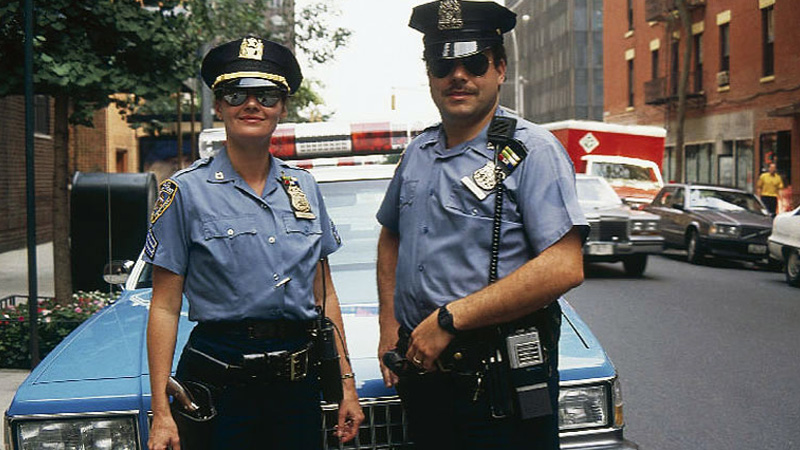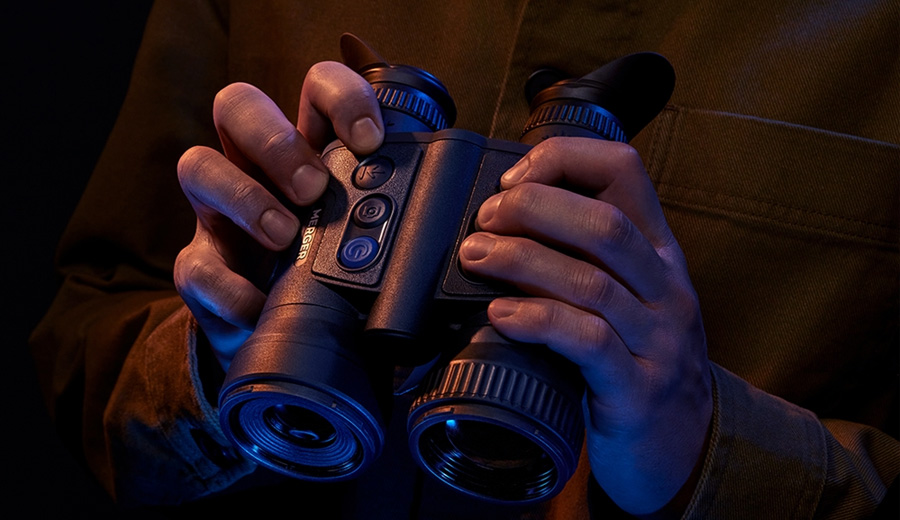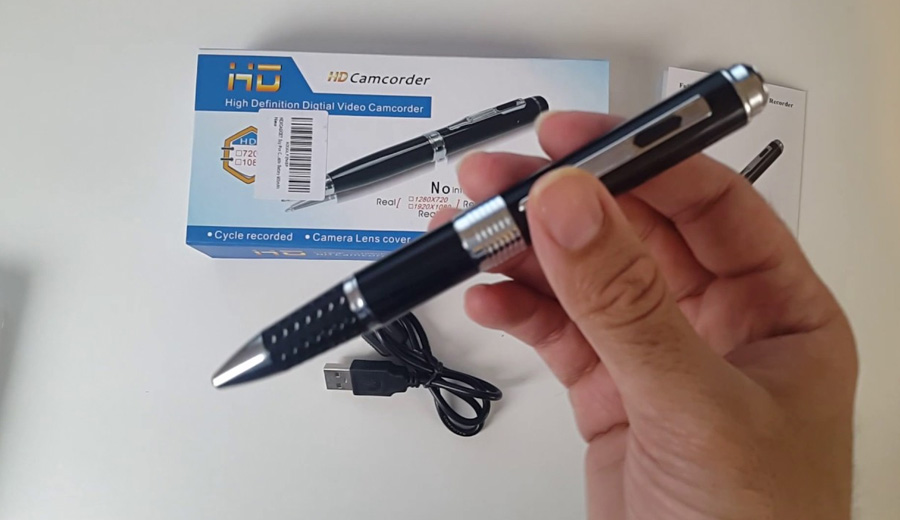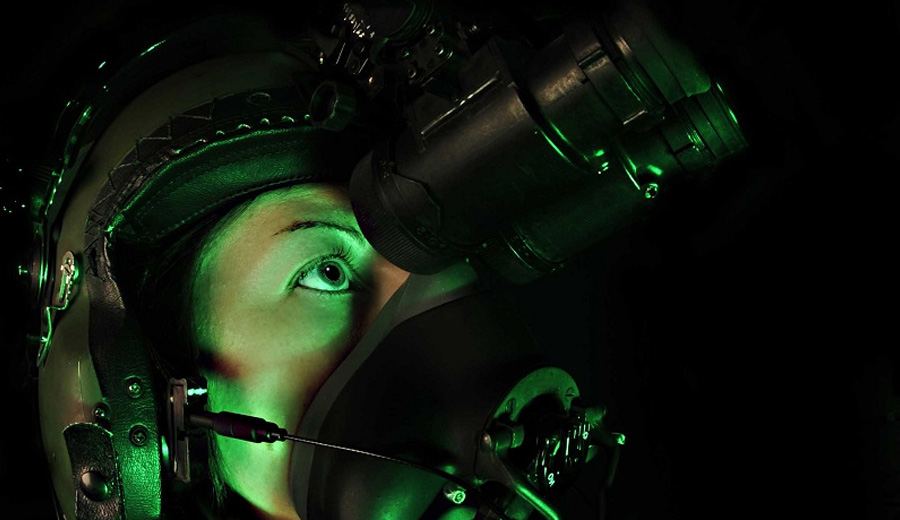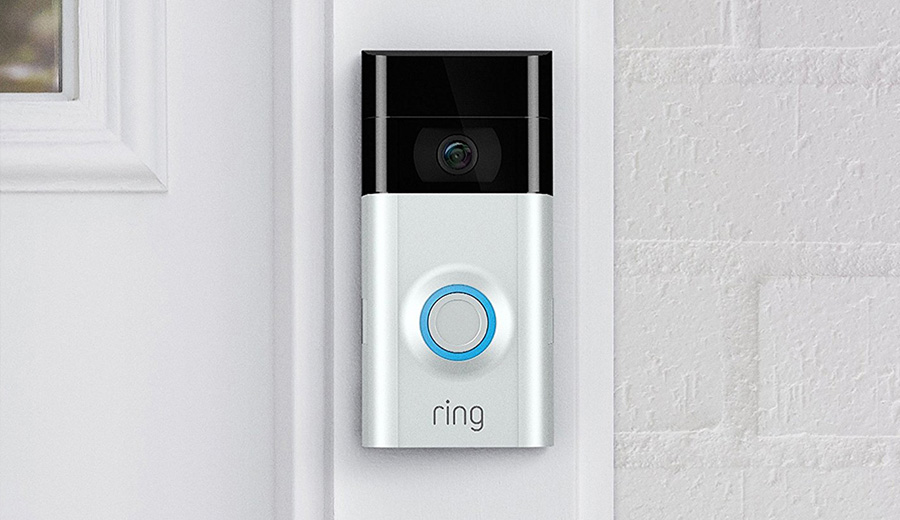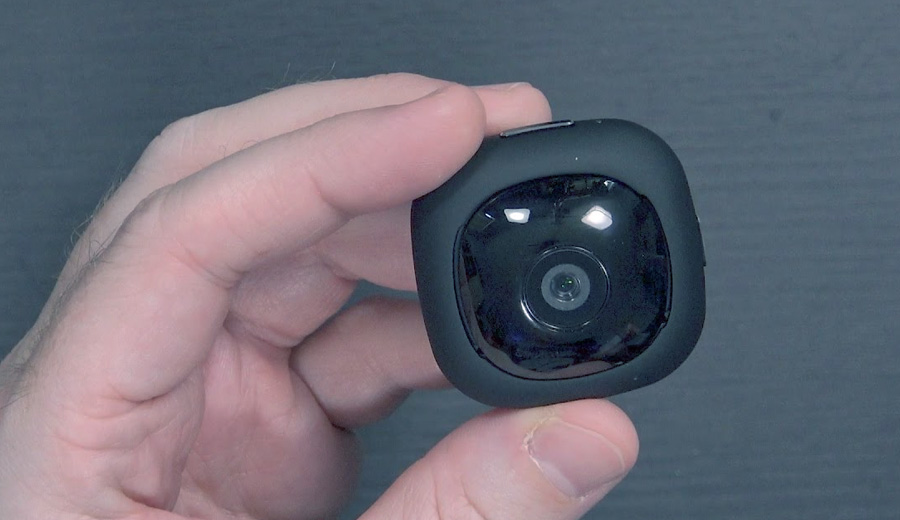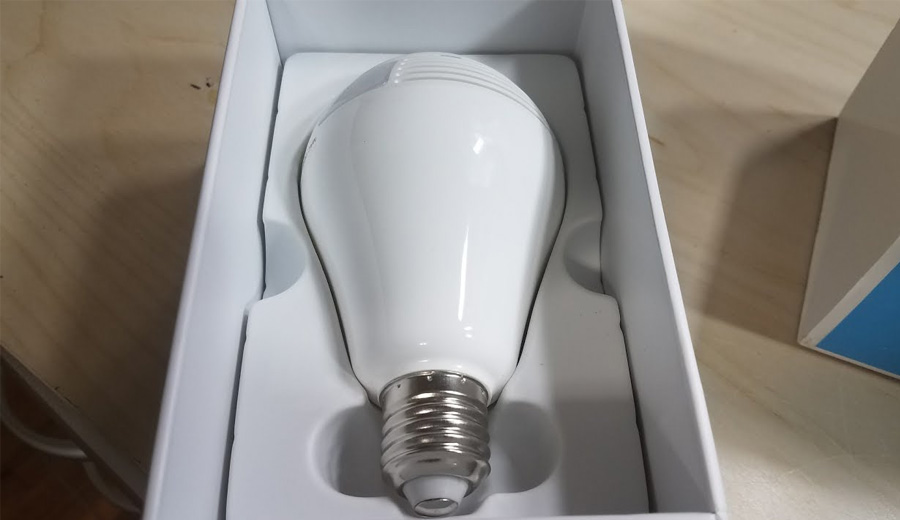In recent years, concerns over incidents of police brutality have brought significant attention in the public eye. It also brought concerns for increased transparency and accountability in law enforcement.
While public outcry and calls for reform have echoed throughout communities, the question remains: How can we rebuild the trust between police and the public?
One potential solution that has gained traction is the use of wearable mini spy cameras in police work.
These small, discreet devices aim to provide an objective record of police interactions, offering a better perspective on law enforcement actions.
In this article, we explore how spy cameras can potentially play a role in reducing police brutality and restoring public trust.
Enhanced Accountability
Police spy cameras, also known as body-worn cameras, provide an additional layer of accountability for both law enforcement officers and general public.
When officers wear these devices, every interaction they have is recorded, creating a transparent record of their actions. This can be invaluable for investigating incidents, as it offers an unbiased account of events, shedding light on both positive and negative aspects of the situation.
When officers are aware that their actions are being recorded, they may be more inclined to follow proper protocols and avoid unnecessary escalation.
One problem is that often times, camera doesn’t record the action taking place. If police officers don’t follow the protocols, they simply turn off body worn camera, thus leaving public to trust their account of events. Other times, the police department may not even release body cam footage. Such situations do hinder the trust between public and law enforcement.
Deterrent Effect
The presence of spy cameras can act as a deterrent as well. Knowing that their actions are being recorded, officers may be less likely to engage in abusive behavior or excessive use of force. At the same time, criminal or potential wrongdoers may think twice before engaging in unlawful activity, knowing their actions are on camera as well.
This deterrent effect can contribute to a safer and more respectful interaction between law enforcement and the public, thereby reducing the likelihood of violent confrontations.
If both parties understand that their actions are being recorder, they may act with more scrutiny and be more careful.
Having said that, on the opposite side, if police officer delays just for a second, it could be difference between life and death for them. Sadly, there is no easy answer here.
Building Trust Through Transparency
Transparency is a cornerstone of trust in any institution, including law enforcement.
The use of spy cameras can foster trust between the police and communities they serve, by allowing the public to see what happens during interactions.
This transparency can lead to a better understanding of law enforcement procedures.
Improved Training and Evaluation
The footage captured by spy cameras can serve as a valuable tool for training and evaluating law enforcement officers. Reviewing interactions can help identify areas where additional training is needed, as well as commend exemplary behavior.
This feedback loop can lead to continuous improvement within police departments and ultimately result in better community relationships.
Resolving Disputes
One of the most important benefits of spy cameras is their potential to swiftly resolve disputes. In cases where there are conflicting accounts of an incident, the video footage can serve as an impartial witness.
This can prevent lengthy and contentious legal battles and provide closure to both law enforcement officers and the public.
Fostering Community Policing
Community policing is a model that emphasizes strong relationships between law enforcement and civil communities.
Body worn spy cameras align with this model by promoting transparency and accountability. When people see officers actively using these devices, they may feel more engaged and involved in the policing process, ultimately leading to more effective and cooperative police efforts.
In conclusion, the use of spy cameras in policing offers numerous potential benefits for reducing incidents of police brutality and bridging the trust gap between law enforcement and the public.
These devices can enhance accountability, serve as a deterrent against misconduct, and promote transparency in police interactions. While not a panacea, spy cameras have the potential to be a valuable tool in promoting safer law enforcement practices, ultimately contributing to the restoration of public trust in our police force.

